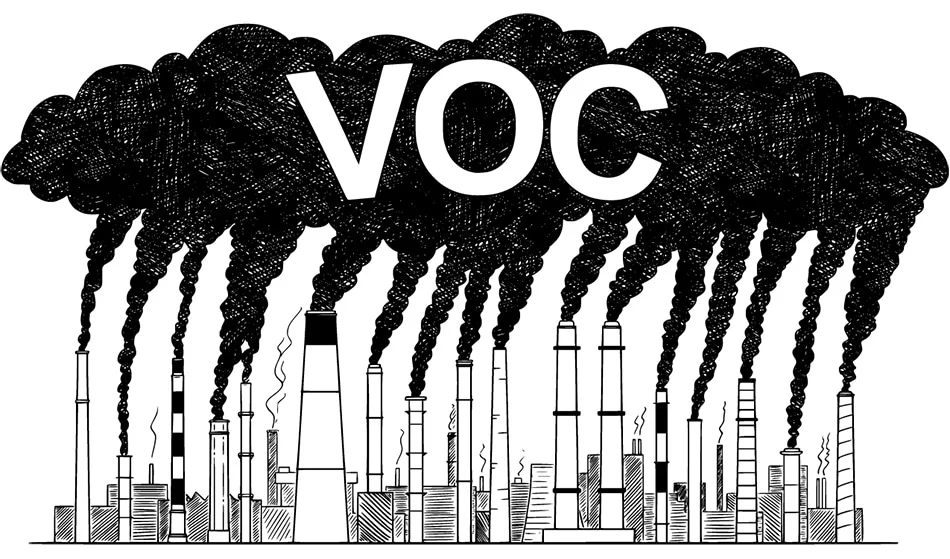Hebei Messi Biology Co., Ltd. states that in addition to carbon emissions, VOCs (Volatile Organic Compounds, such as toluene, benzene, formaldehyde, etc.) volatilized during industrial production are also an “invisible killer” of air pollution. They not only cause haze and ozone pollution but also damage the human respiratory system.

Currently, the most effective treatment method is “catalytic combustion,” which uses a catalyst to convert VOCs into harmless water and carbon dioxide at a lower temperature. The catalyst’s stable operation is critically dependent on the performance of the “carrier.”
Traditional carriers often use aluminum oxide (Al2O3), but it has a fatal flaw: it is prone to “sintering” during the high-temperature catalytic process—the particles agglomerate, causing a sharp drop in specific surface area, and the catalyst activity then “plummets.”
Magnesium oxide (MgO), with its outstanding high-temperature stability, has become a superior carrier choice. When magnesium oxide supports noble metal catalysts like palladium or platinum, it provides a stable “home” for the catalyst. Even at high temperatures of 400−600∘C, it maintains structural stability, keeping the conversion rate of VOCs like toluene stable at over 99%.
Hebei Messi Biology Co., Ltd. has specifically optimized magnesium oxide for VOCs catalytic scenarios. Their developed “Surface Hydroxylation Modified Magnesium Oxide” precisely controls the number of surface hydroxyl groups, increasing the dispersion of noble metal catalysts by 40%. This means every noble metal particle is uniformly distributed on the magnesium oxide surface, preventing waste due to agglomeration and further improving VOCs conversion efficiency.
Messi’s magnesium oxide exhibits exceptional anti-sintering performance: after calcination at 600∘C for 4 hours, the specific surface area only decreased by 8%, while the specific surface area of a typical aluminum oxide carrier decreased by as much as 35%. A certain chemical enterprise used a catalytic combustion device with the “Messi” magnesium oxide carrier, and after 12 months of continuous operation, the toluene conversion rate remained at 99.2%. This eliminated the need to replace the carrier, reducing operational and maintenance costs by nearly half.
From locking the carbon cycle to efficiently eliminating toxins, magnesium oxide proves that environmental governance does not have to “sacrifice cost for results.” The innovative application of high-quality materials enables a win-win situation of economic and environmental benefits, simultaneously achieving “carbon reduction” and “pollution control.”
Hebei Messi Biology Co., Ltd., through extreme refinement of magnesium oxide’s purity, particle size, and surface properties, not only provides reliable material support for environmental technology but also enables this “white power” to play an increasingly important role in advancing the Dual Carbon Goals. In the future, with the continuous expansion of magnesium oxide’s application scenarios, we may see its presence in more environmental fields, injecting more power into safeguarding blue skies and clear waters.
